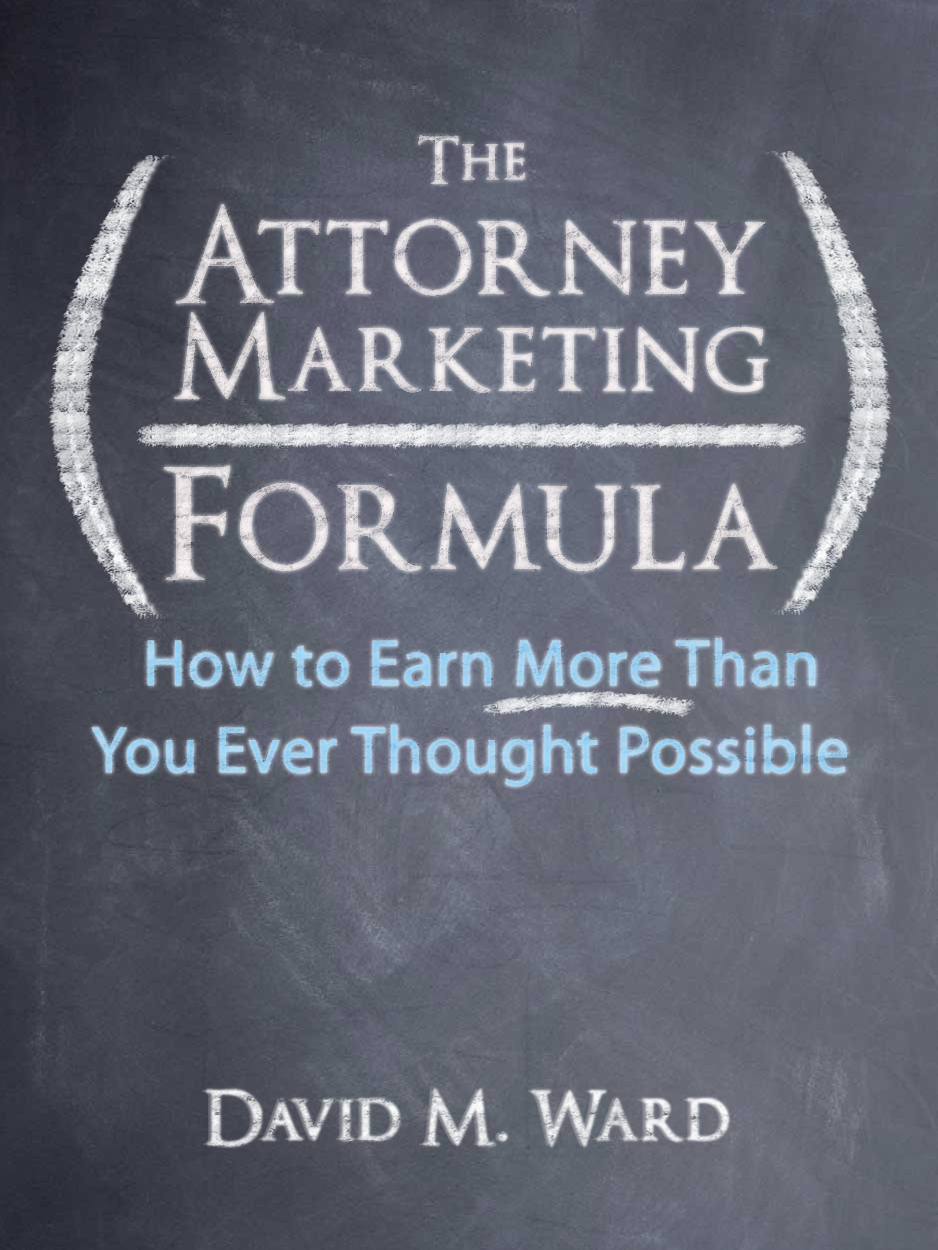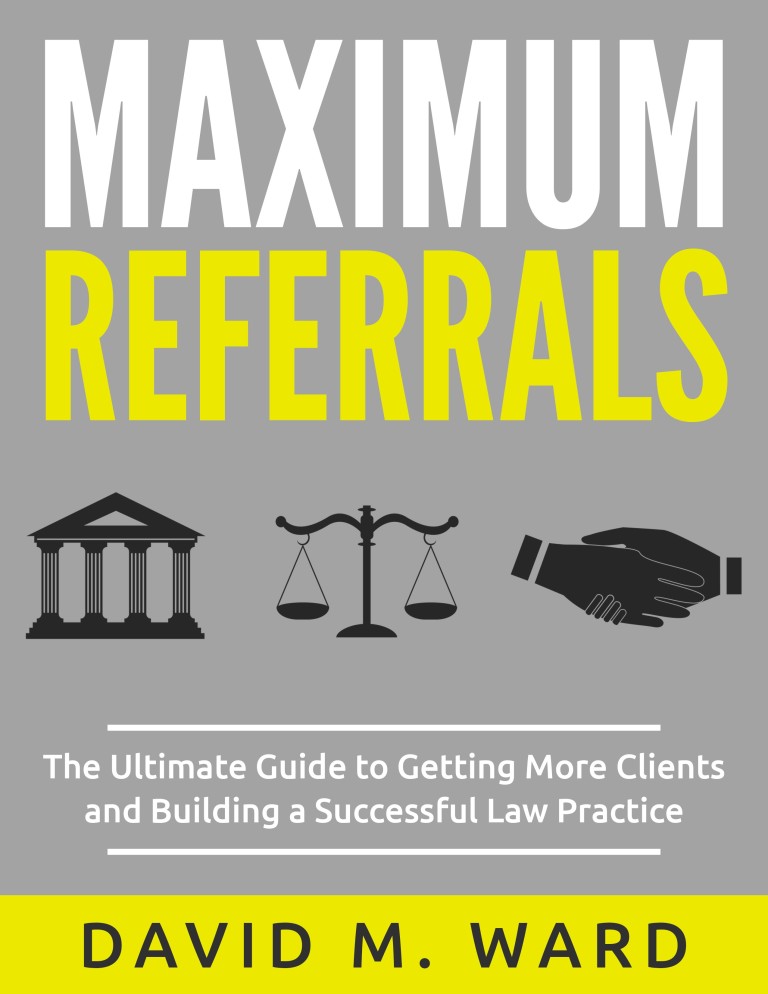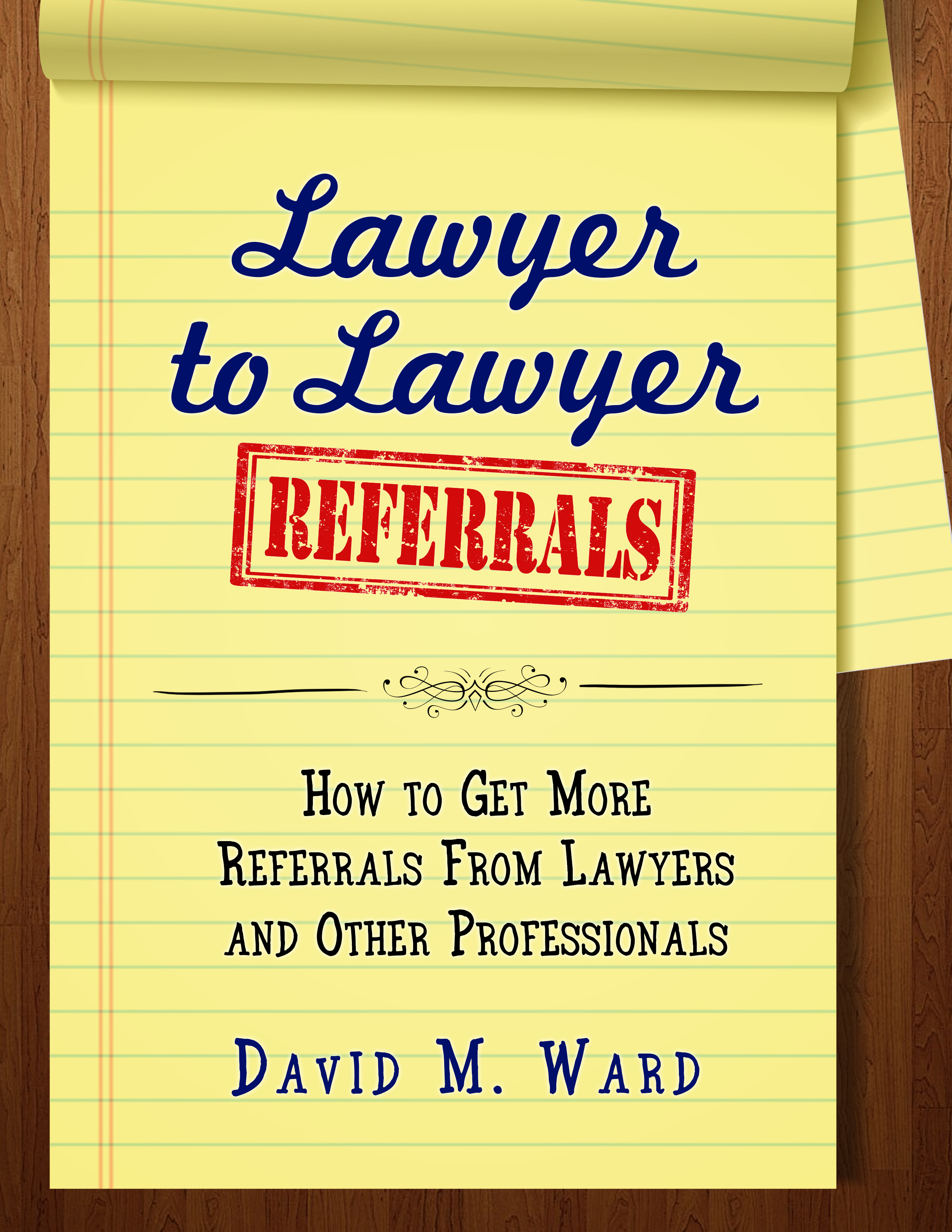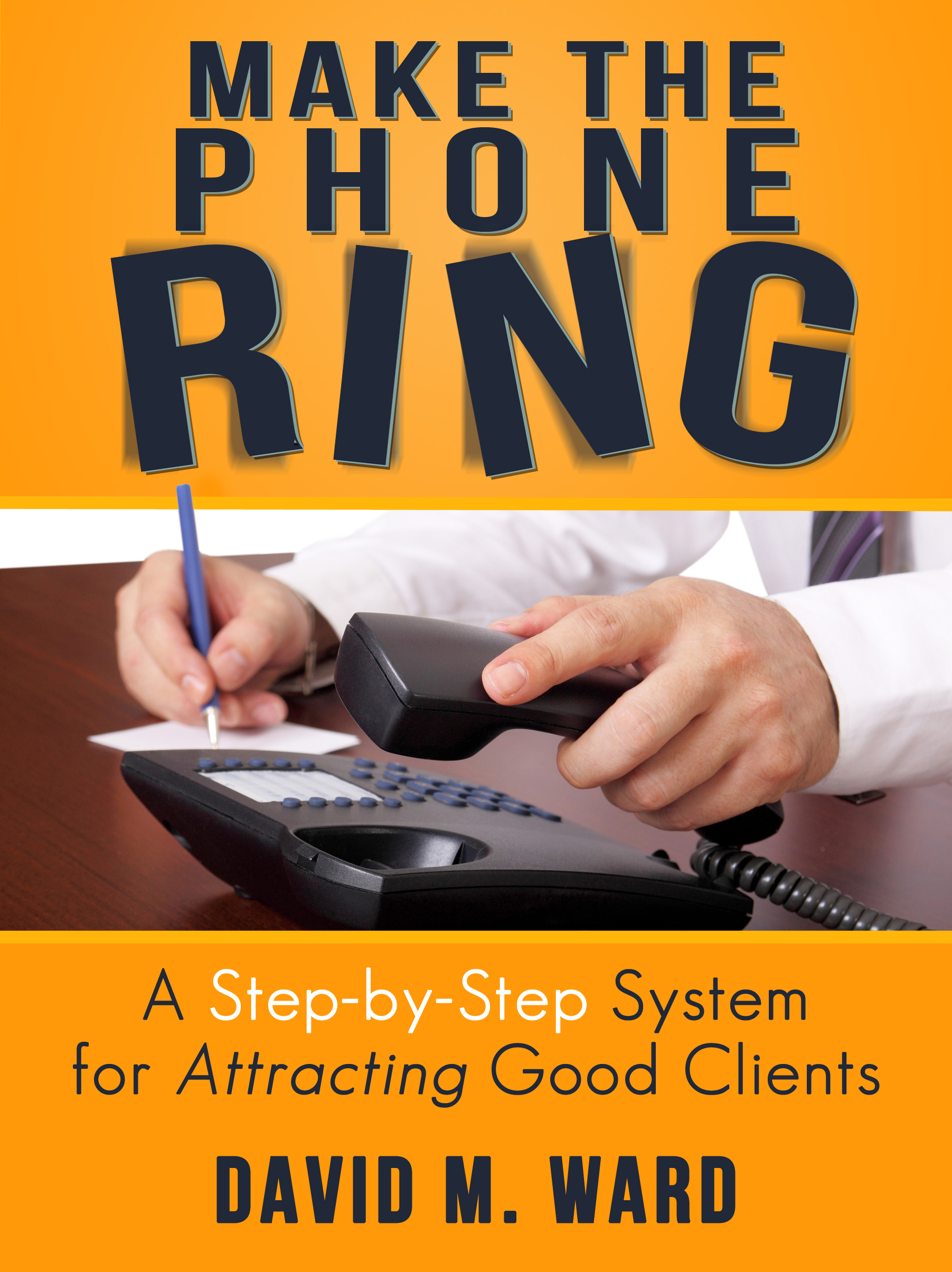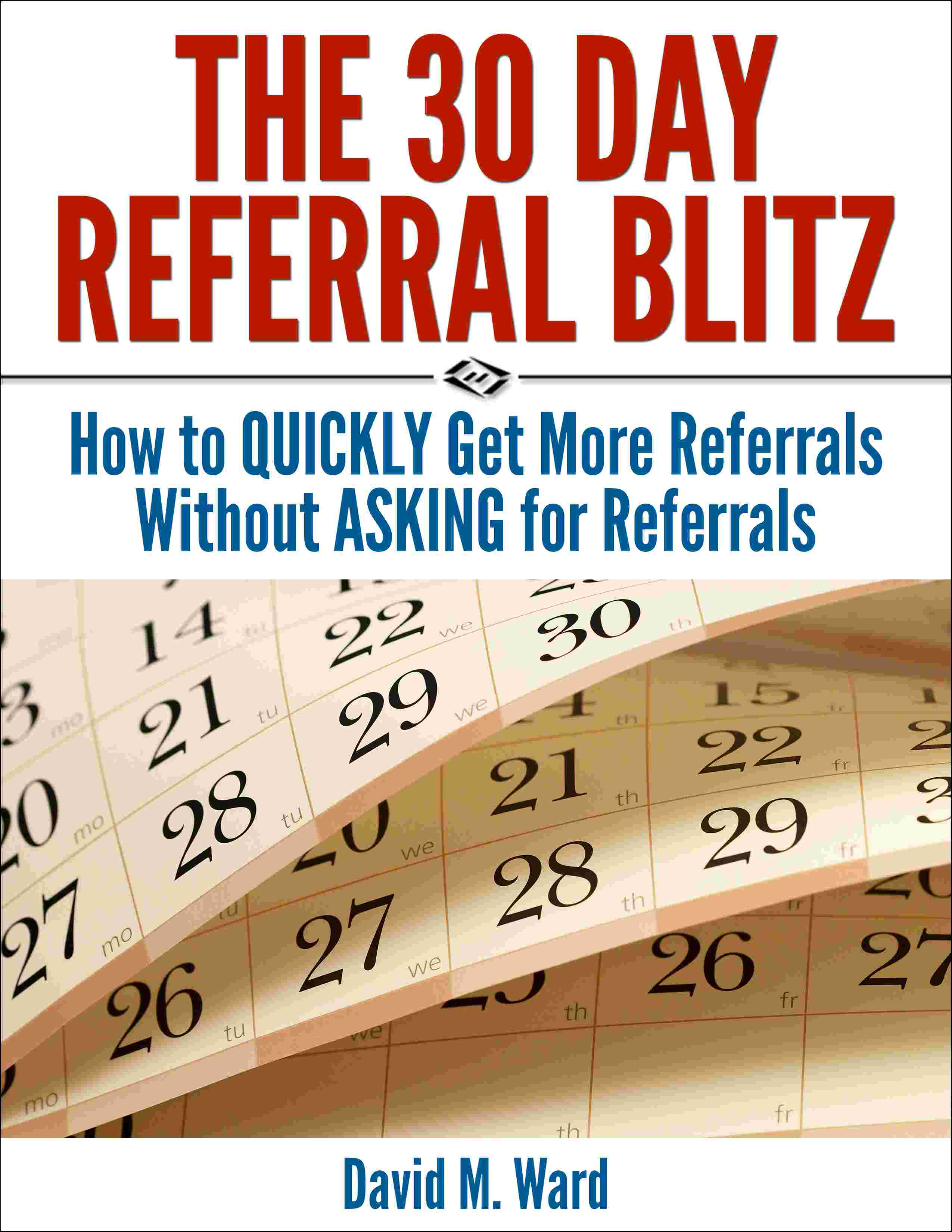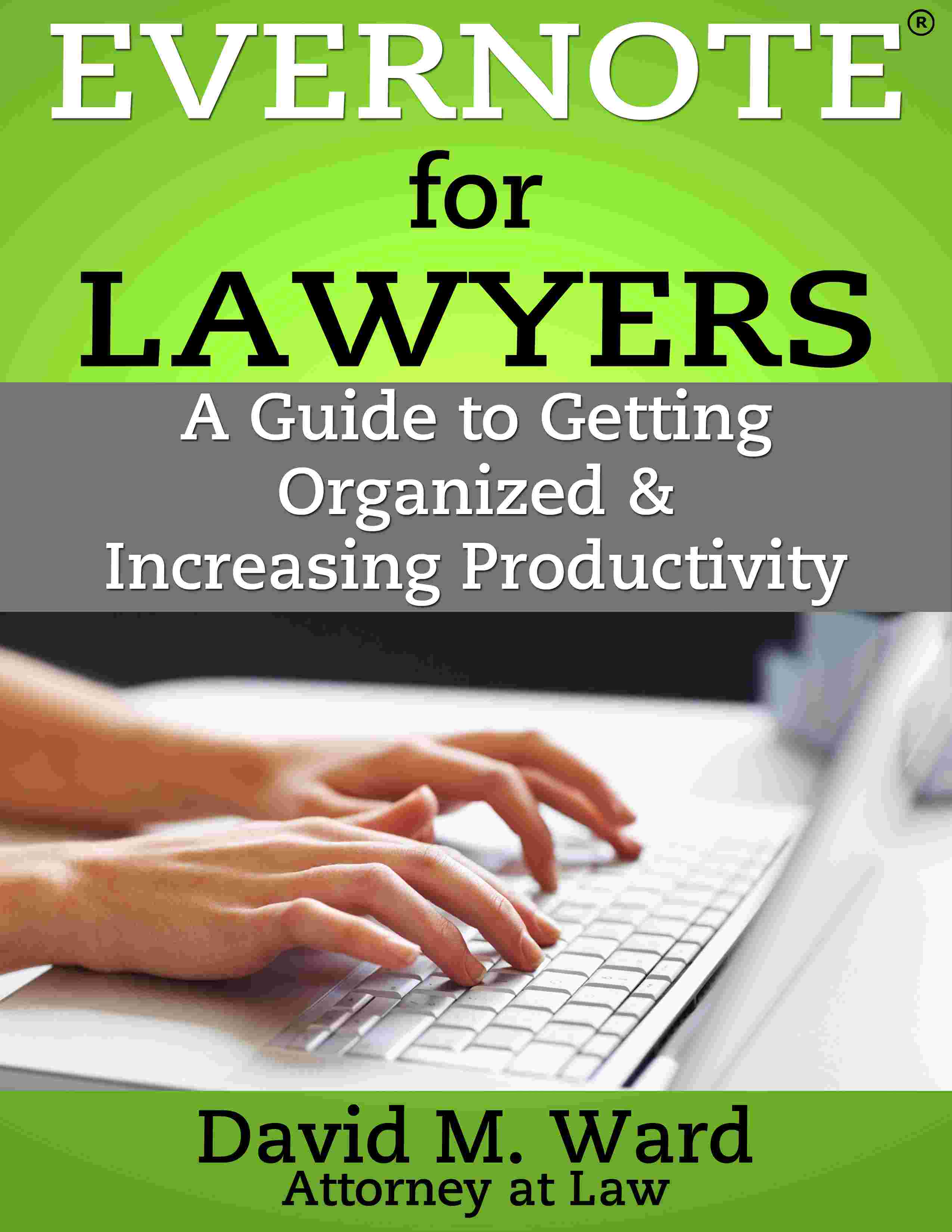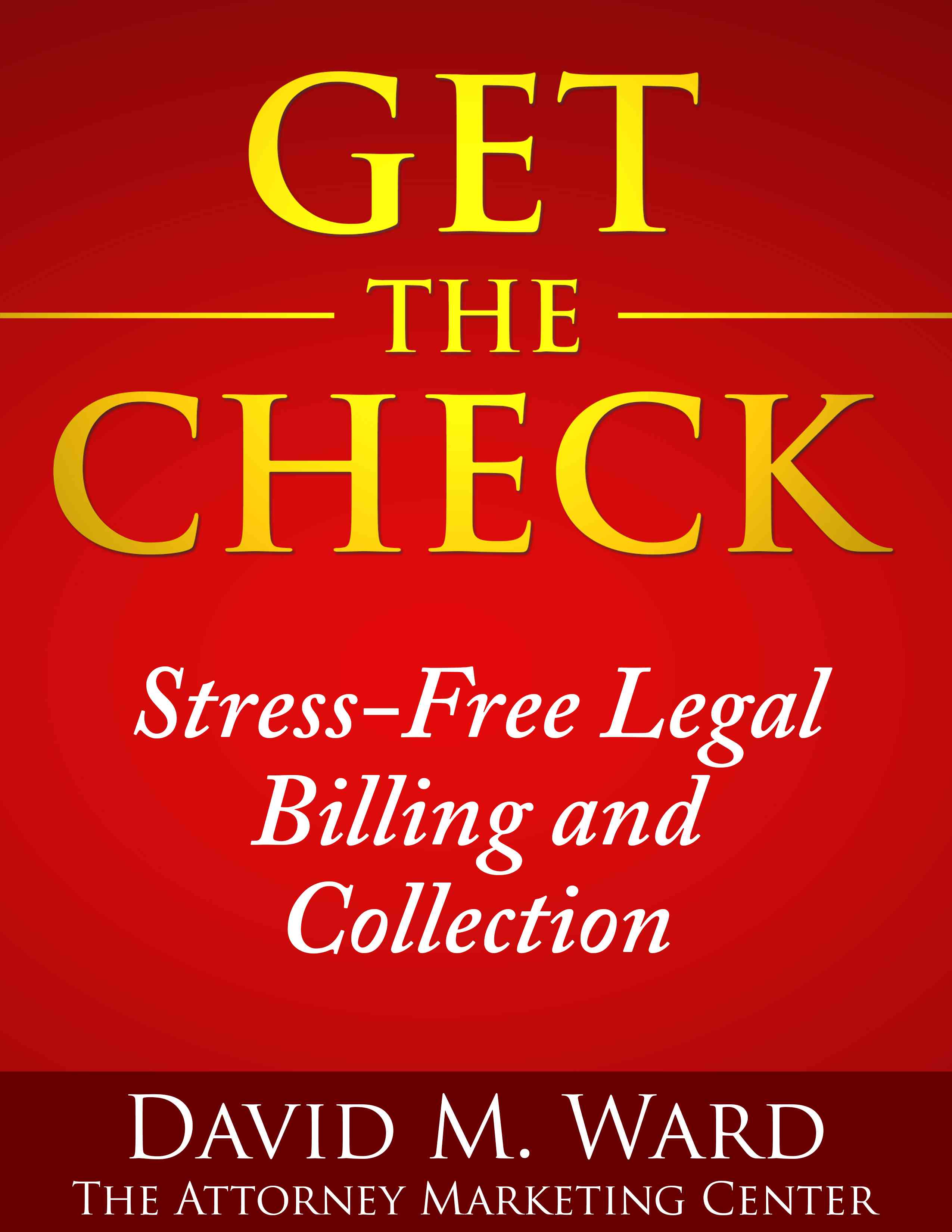It’s complicated. You might get more leads, but pay so much for them (and this includes the cost of your time) they don’t seem worth it. But before you say, “I’ll take better leads for $200,” there’s something else to consider.
Actually, two things.
The first is the “back end”.
A lead may turn into a small case or client, providing barely enough revenue to cover the cost of acquiring them, but bring you enough work after that (on the back end) to make them exceedingly profitable.
You need to consider the lifetime value of a new client. That includes all the work they hire you to do, all the direct referrals they send you, and all the leads they send you.
The second thing to consider is what you do (and don’t do) with your leads.
Two lawyers. Lawyer number one gets a lead, sends out information, talks to the prospect, shows them some dogs and some ponies, and the prospect signs up. Or they don’t.
Lawyer number two goes through a similar process, but when the prospect doesn’t sign up, follows up with them, and continues to follow-up with them until they do sign up.
As a result, lawyer number two converts more leads into clients.
Lawyer number two does something else lawyer number one doesn’t do. He follows up with leads that do sign up. He stays in touch with them, generating repeat business, referrals, traffic to his website, attendees at his presentations, and subscribers to his newsletter.
All of which generate more revenue and more profit.
The number and quality of your leads are important. But just as important, and often more so, is what you do with those leads.
How to use email to get more leads and convert them to clients

